What makes a great festival? Five key ingredients
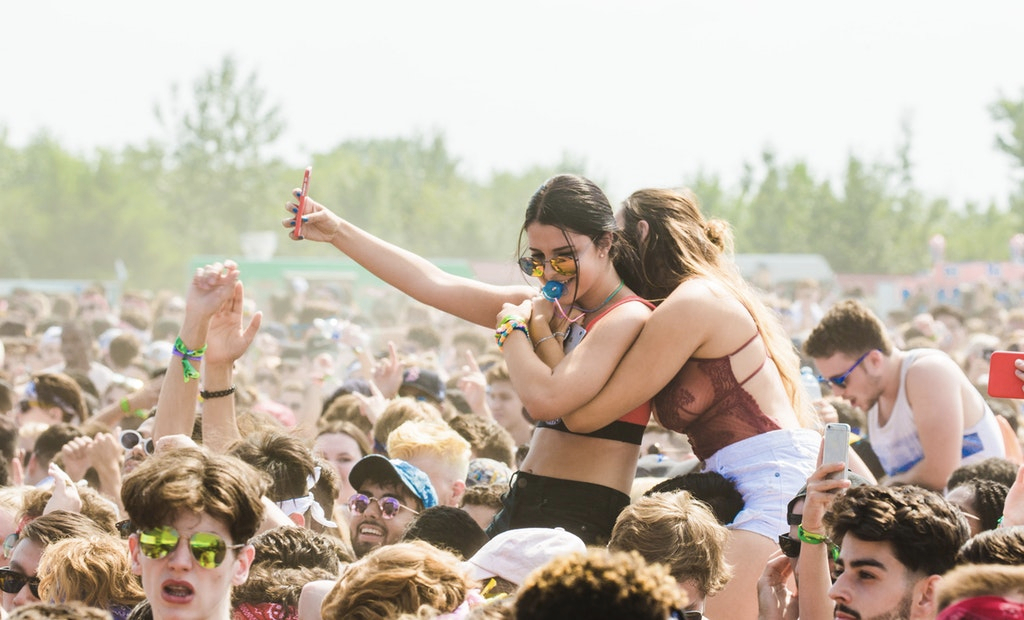
With an unprecedented number of new festivals popping up every year, it’s clear that live music experiences are on the rise. The industry is projected to be worth $31 billion worldwide by 2022 – with ticket sales making up $24 billion of that total – which is only good news for festival organisers. But for the average festival-goer, it can be difficult to decide which event is unmissable and which isn’t worth your time or money.
With that in mind, we’ve laid out the most important things to bear in mind when looking to craft the perfect festival experience. The only thing that can’t be counted on is the weather.
The ideal line-up
Contrary to what some may believe, it’s not sleeping in a tent while drinking overpriced, warm beer for five days that keeps people returning to festivals. It’s who’s on the bill. Millions of people around the world willingly slum it for a week, fuelled by their passion for the live arts, and their fervent desire to see the musicians, performers, and DJs they admire so much. If the acts aren’t appealing, hardly anyone will attend the festival.
The line-up, however, depends on the type of festival. Some large events tend to have bigger budgets to book headline acts that span a range of genres, in order to pull as large a crowd as possible. Glastonbury Festival headliners, for example, span grime, indie rock, pop, and R&B over the 5-day event, which is arguably the biggest UK festival and draws a huge range of music fans every year. On the other hand, other festivals may only target fans of one specific type of music, such as Download Festival. While the heavy metal festival welcomes over 100,000 attendees each day, it probably won’t appeal to listeners of pure hip-hop. Quality festival programmers know exactly what the audience wants and what promoters need, according to industry experts at MN2S. This allows them to build a line-up that festival-goers will want to attend, year on year.
Accessibility in an easy location
Location, location, location. It’s not just a daytime TV show, it’s also a deciding factor when picking a festival. There’s little point in having a great line-up if the punters – or the bands, bars, production teams, and food stalls – can’t physically get there. Affordable public transport is crucial, and many festivals provide shuttle services from nearby stations directly to the festival site. Parking facilities, either onsite or very close by, should also be carefully planned out. Driving to a festival is often the easiest option for campers, but isn’t feasible if the car parks are miles away from the site.
Traffic congestion is another issue faced by festivals, for both public and private transport. As found by A Greener Festival, 70% of festival goers agree that the events cause major congestion, and should be addressed by organisers. Punters usually rely on public and local transport options for a dedicated service, but carpooling services are quickly becoming just as popular. A Greener Festival noted that, thanks to attendees sharing their cars with other festival-goers, around 15,000 car journeys to Glastonbury festival are eliminated every year. This helps cut pollution drastically while reducing the number of cars on the road and helping the traffic flow. Making the festival as easy as possible to access can only work to keep music fans happy, and make them more willing to return the following year.
Careful planning and logistics
When Fyre Festival went viral in 2017, it was for all the wrong reasons. The lack of attention to detail and logistics made festival-goers upset from the get-go, and immediately caused an influx of social media posts. Large-scale events like festivals need careful planning to make sure everyone is happy. These details relate to many of the things no-one ever really thinks about, like having the right number of toilets in the right place, or having large-enough bars to serve as many people as possible without overcrowding. This logistical attention to detail must start from the moment customers buy their ticket to the moment they leave the festival site to go home.
Attendees will remember things at extremes, whether they have gone terribly or well. Missing a favourite band because of queues, for example, will make a festival stick out for the wrong reasons. Conversely, the ability to get from one area to another quickly, without any major problems, can drastically change someone’s experience, and this all comes down to careful planning by the organisers.
Health, safety, and security
Safety and security are perhaps the most important factors in planning any event, regardless of size. For festivals, this increases exponentially, especially for multi-day and camping ones. Basic safety measures like checking for first aid, weather, and catering hazards can help keep everyone safe.
Perhaps the most important is crowd management. The front of a crowd can quickly get chaotic, especially during a big-ticket act, as everyone scrambles to get to the barrier. Luckily, established festivals will have a decent budget allocated for health and safety, including ensuring a fully trained security crew is hired.
Encourage a community spirit
Regardless of how well planned the logistics have been, a festival won’t have the right atmosphere without the right crowd. Festivals thrive with a community-driven spirit, full of like-minded people, and the energy of a buzzing, connected crowd has is contagious, affecting the entire mood of the festival. A festival audience is heavily dependent on which acts are booked, as well as other entertainment aspects. Funfairs, discos, club nights, and other general activities can keep guests in high spirits, which helps boost the overall mood of the event. Meanwhile, having the right type of stewards on hand can also have a huge impact on the festival spirit. Having staff on board who may not appreciate the vibe of a particular festival can have the potential to ruin experiences for individual campers and put a dampener on the event.
The editorial unit




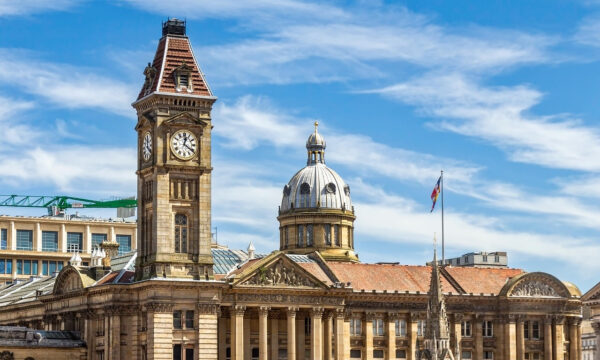





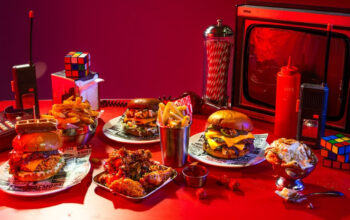



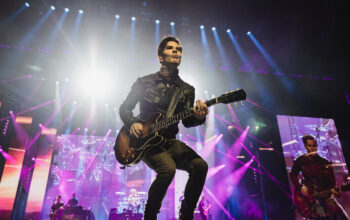


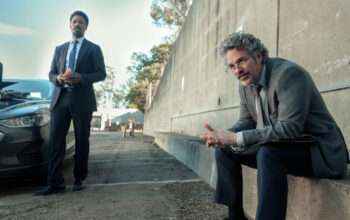

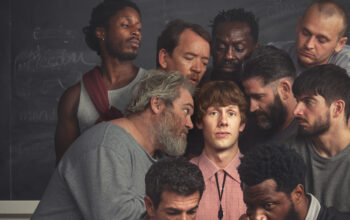



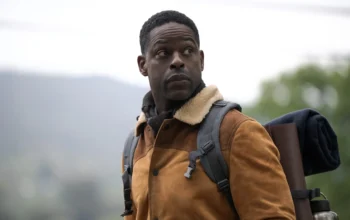

Facebook
Twitter
Instagram
YouTube
RSS